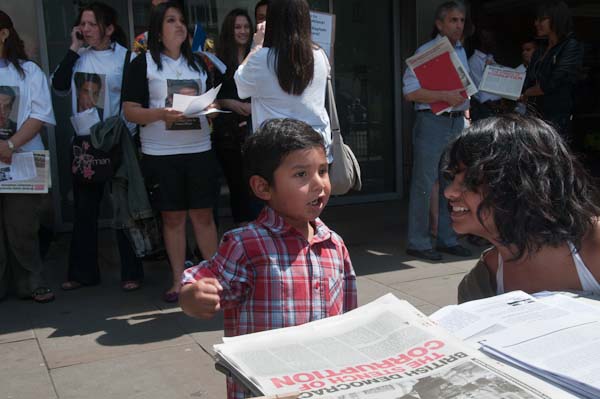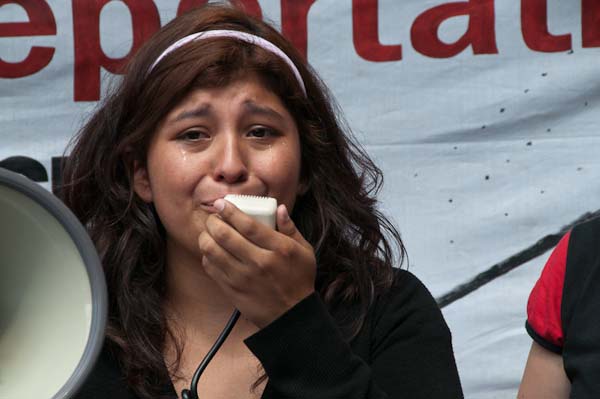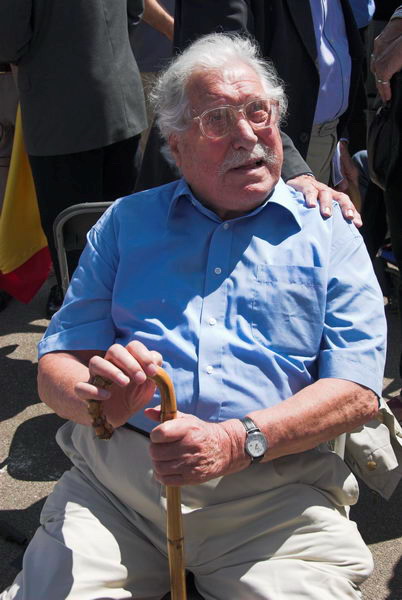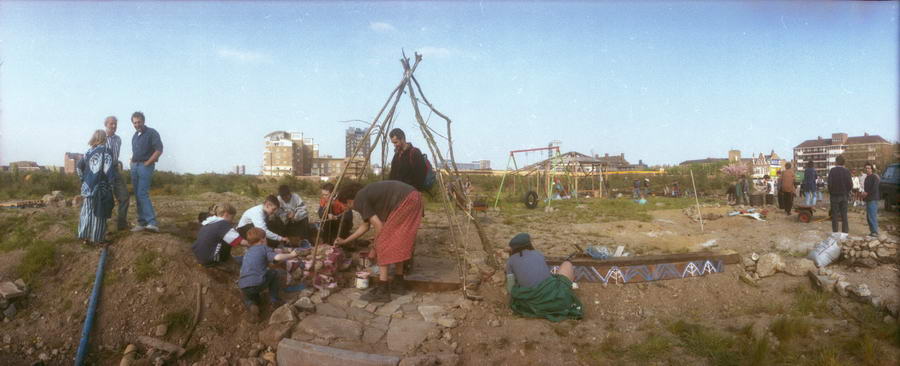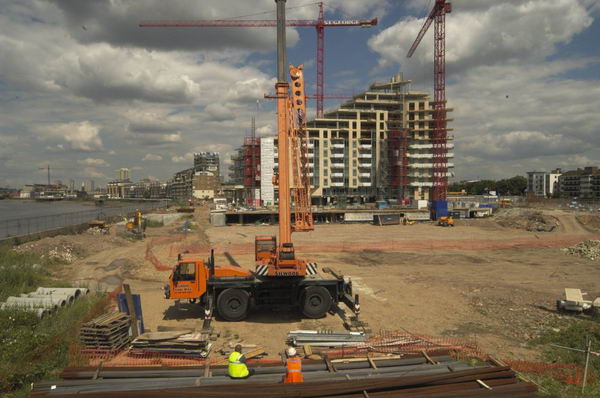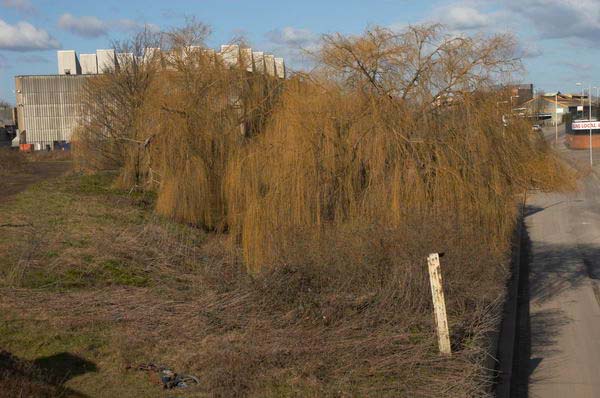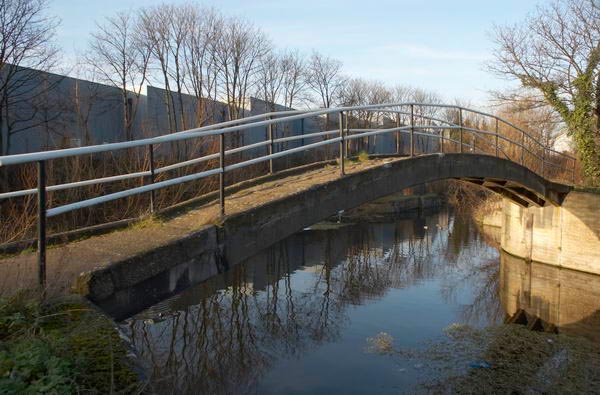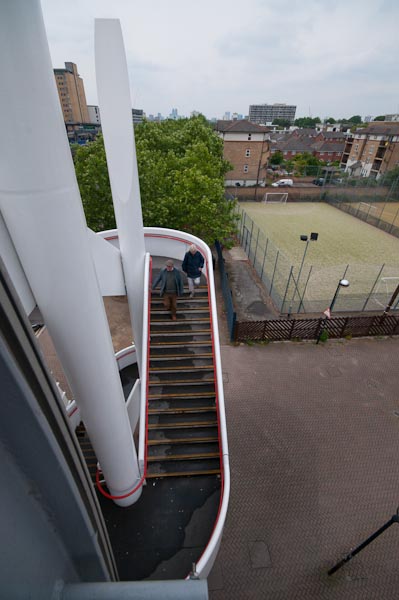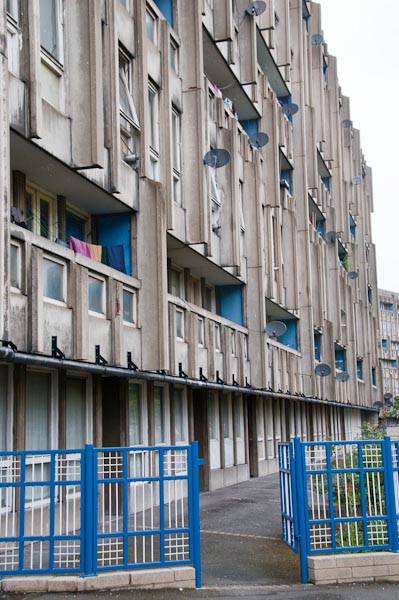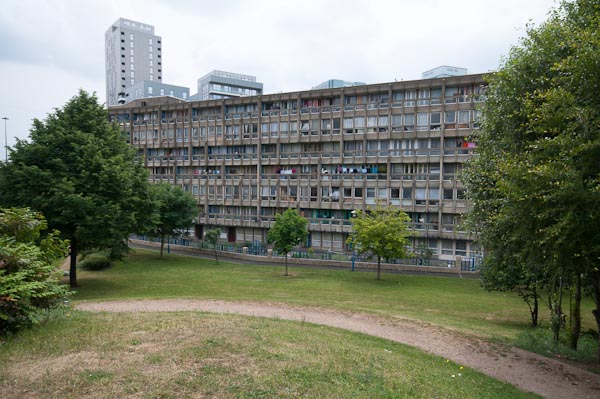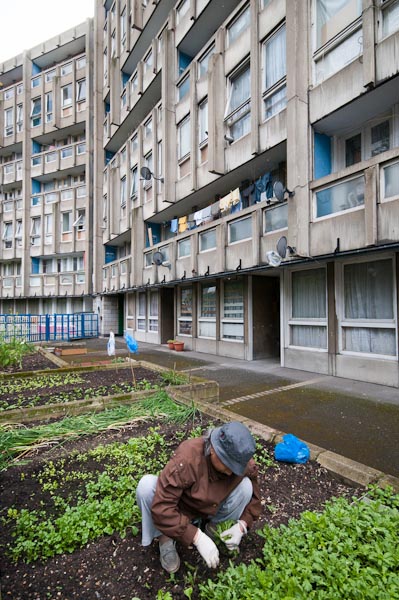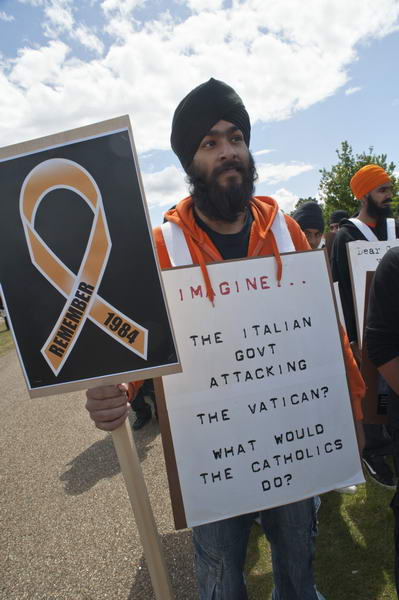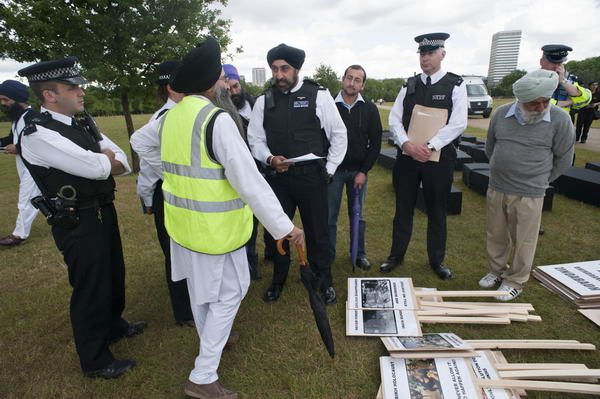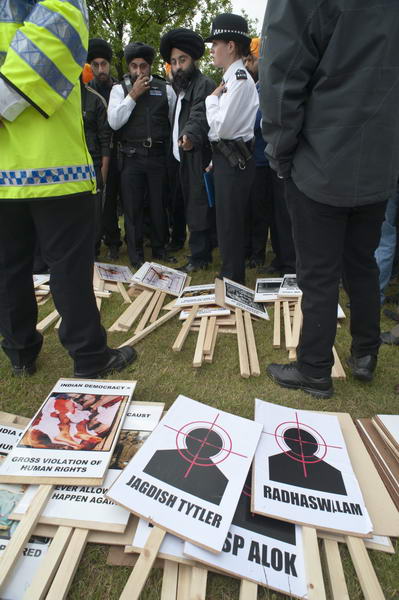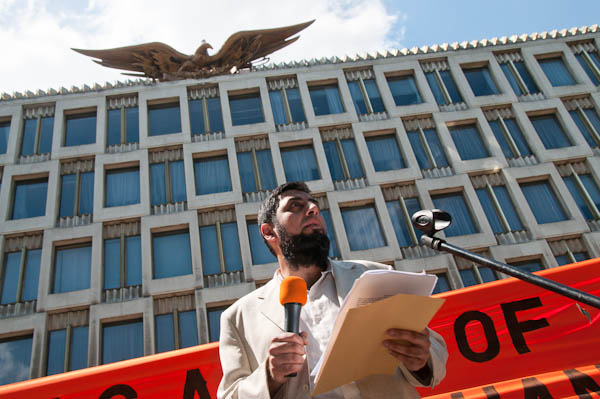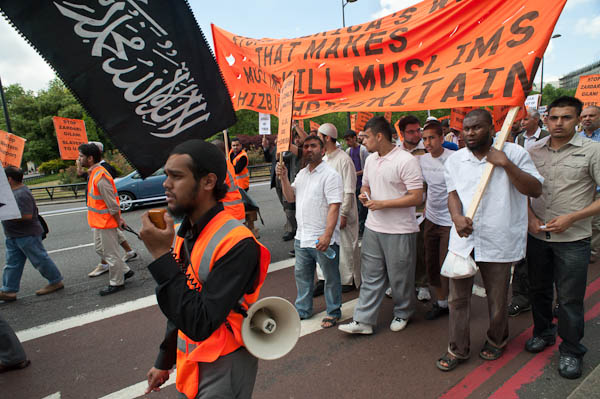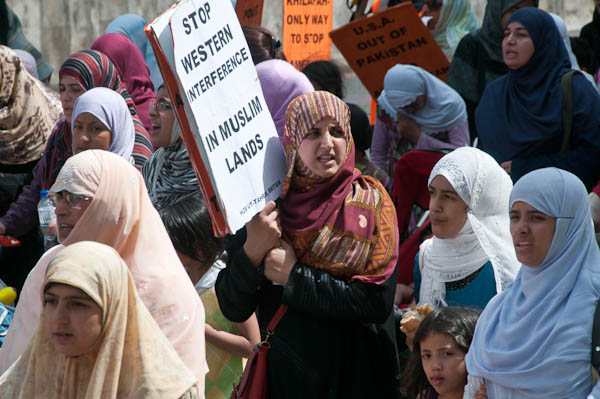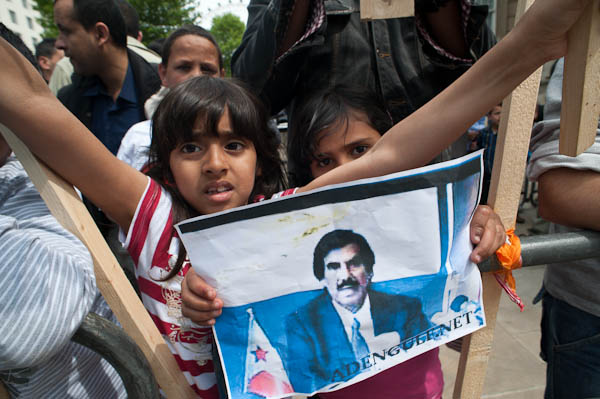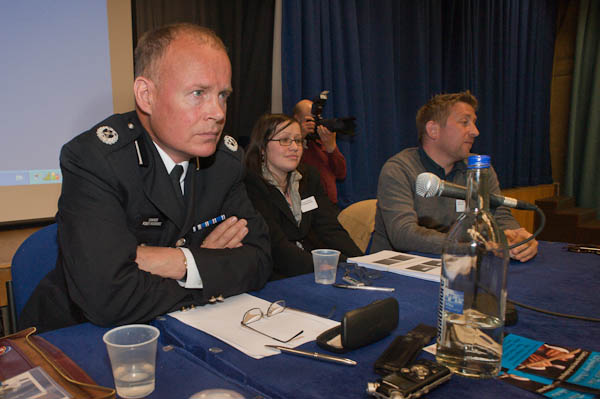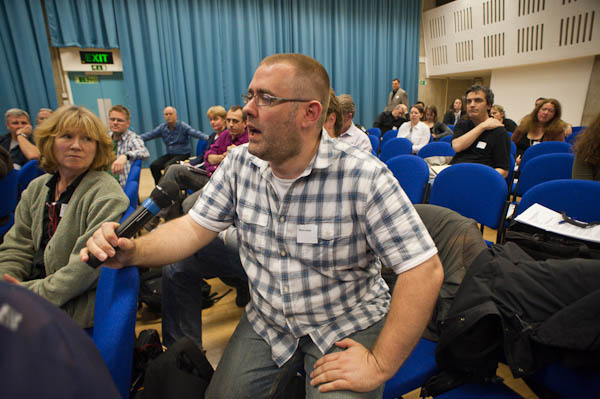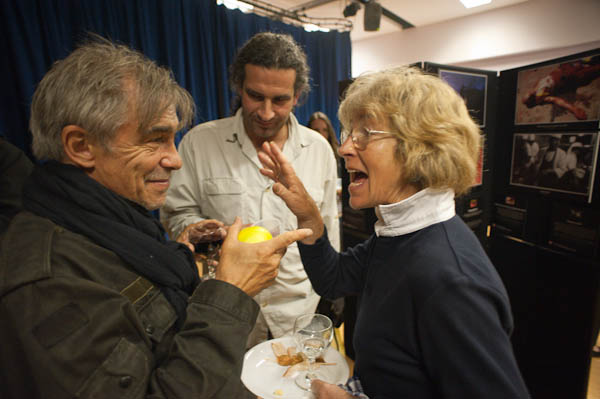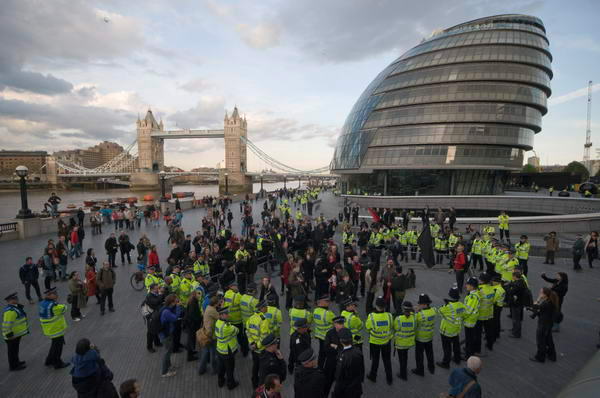My first destination on Saturday was Highbury and Islington, and I took the precaution of consulting the Transport for London web site to find whether the Victoria Line was working, and it told me it was fine. So I got off the fast(er) train to Waterloo at Clapham Junction (You can’t really call it a fast service when Southwest Trains have increased the timetabled time to get there by 5 minutes over those when I first started travelling from here in the 1970s – to avoid any fines for running late.
One of the many things that has completely disillusioned me about New Labour was its failure to take control of the railways when we voted it back into power in 1997. Privatisation had so obviously failed that there was no sensible alternative but reverting to a nationalised system – and with the chance to set it up on a much improved basis. But instead they made it worse. Now we have trains that close their doors half a minute before the timetabled time – if they want to run a train at 9.58.5 they should call it the 9.58.5 service, not the 9.59. We have services that take 35 minutes to Waterloo rather than 29 0r 30 minutes. And we have fares that have increased considerably more than inflation. That’s the legacy of privatisation.
There are of course a few improvements. The trains are quieter and smother running. They are non-smoking throughout. What’s really annoying is that they actually have greater acceleration and higher maximum speeds – so really we should be seeing services that are faster rather than slower. Occasionally when engineering works re-route mainline services by our route we get speeds that show what modern trains can do on our route, cutting times from the now normal 35 to around 20 minutes.
I only have to wait 5 minutes for the even slower service that stops at Vauxhall, and walk briskly down to the Underground, where I find no service. It wasn’t TfL’s fault, as a passenger has jumped in front of a train at Stockwell. But given modern communications I think we could have expected to be told this before getting off the train at Vauxhall.
The fastest way to proceed is to go back into Vauxhall station (its claim to fame is that it provided the Russian word for station) and get on the next service to Waterloo, arriving there around 15 minutes later than if I’d stayed on my original train.
Fortunately the parts of the underground I need are working, though as usual at weekends several lines are suffering from closure. It’s a slightly slower journey than usual from having to change at Piccadilly Circus, and the Victoria Line, still running from Victoria only, has some large gaps and it’s around ten minutes before my train arrives.
Logistics – working out how to be at places at the right time – is very important in the kind of photography I do, often covering several events in different parts of London over a day. Fortunately, although the March to Defend Jobs, Services and Education was timed for 11.00, this was the time to start gathering, and the march doesn’t actually get started until around 11.40, so despite the travel problems I actually arrive well in time.
As a photographer in London, you need to allow plenty of time for snarl ups and other problems. Driving is frankly pretty hopeless for getting around quickly, not least because of parking problems. The most reliable way to travel is a bike, either motor or leg-powered, and for longer distances you need to rely on underground or overground trains. One of my most useful photo accessories is a folding bike, which can be taken on trains at any time, but it gets in the way when covering demonstrations and marches.
For this march, which goes from Highbury Fields to Archway, I do rather wish I had brought the Brompton, as it’s a bit further than I remembered. But I know it would get in the way later in the day.
It’s hard to photograph events such as this. There just isn’t a great deal of visual interest, and it involved no real celebrities. The trade union banners are colourful, but essentially two-dimensional. It’s really hard work to get much out of it, but there are a few pictures I’m pleased with.
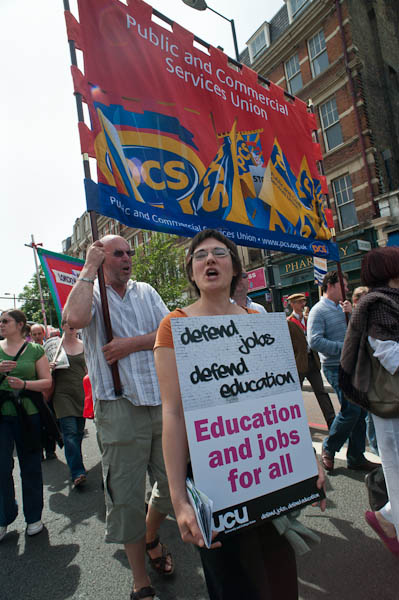
This was my favourite, taken with the 20mm f2.8 Nikon lens on the full-frame D700 from a low angle and including a placard that says what the event is about as well as one of the more colourful union banners from the PCS. The expressions of the two main figures , shouting a slogan, also helps, and there are a number of strong lines all in the same direction – just off of vertical that give it a strong dynamic feel. Working at ISO 400 gave an exposure of 1/640 at f10, freezing the movement at giving depth of field that extends from the hand close to camera in the bottom centre to the top of the banner and the buildings in the background.
In the old days, I would have been shooting at a pre-set aperture and using ‘zone focus’ to give me a good idea of the depth of field I would get. Nowadays I’m increasingly relying on ‘Auto-area AF’ which claims to distinguish people from background, along with continous servo autofocus – the C setting. Exposure was also automatic, using matrix mode, and its coped well with the bright area of sky. Usually – as in this case – I’m impressed by what modern auto systems can do. I could have done it as well manually, but not in the fraction of a second I had to take this picture.
I left before the rally had finished – by then it was running considerably late – and again was thankful I’d come by public transport, as I could just walk the short distance to Archway tube rather than having to go back to the starting point.
Many more pictures on My London Diary.
